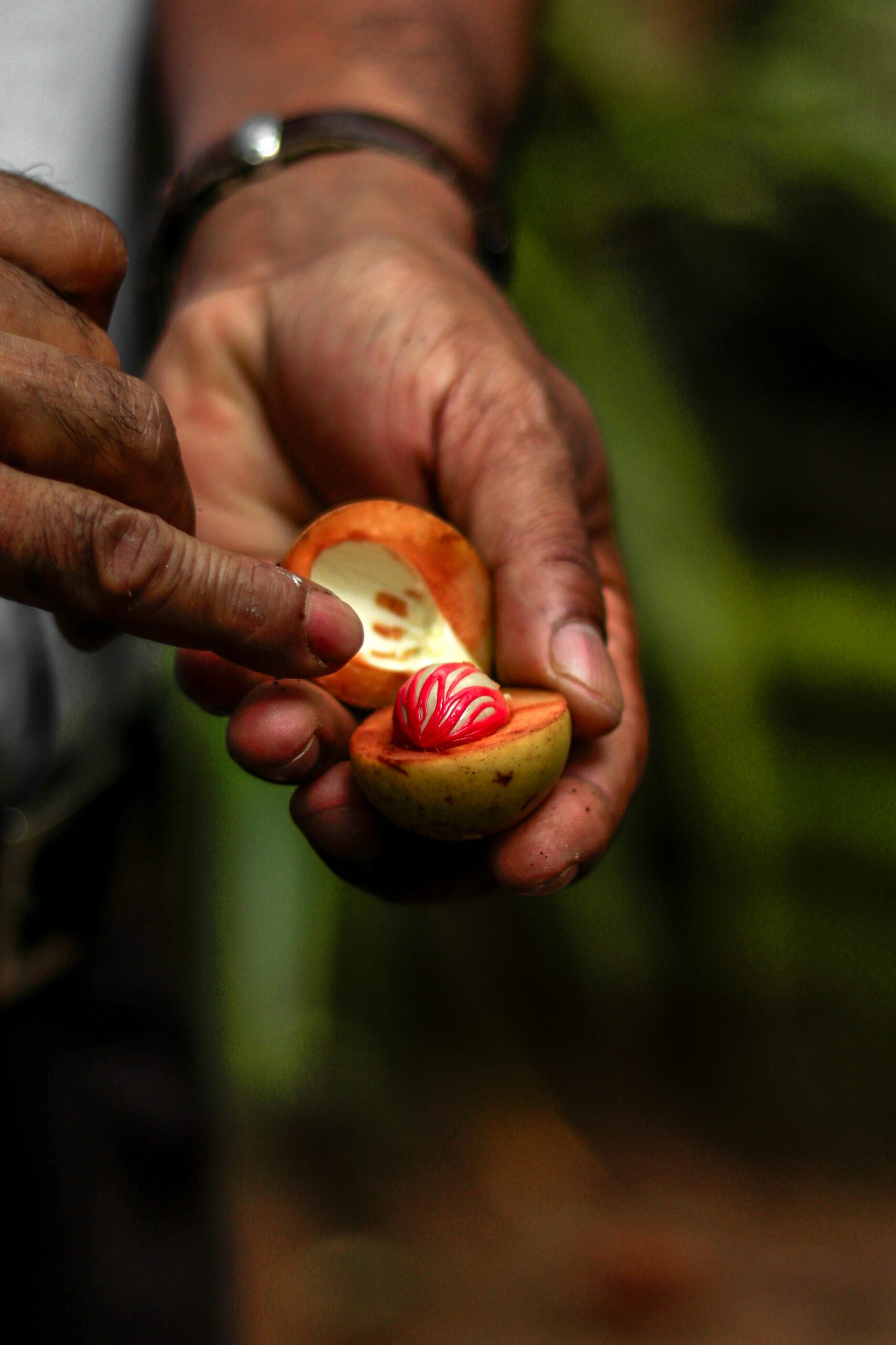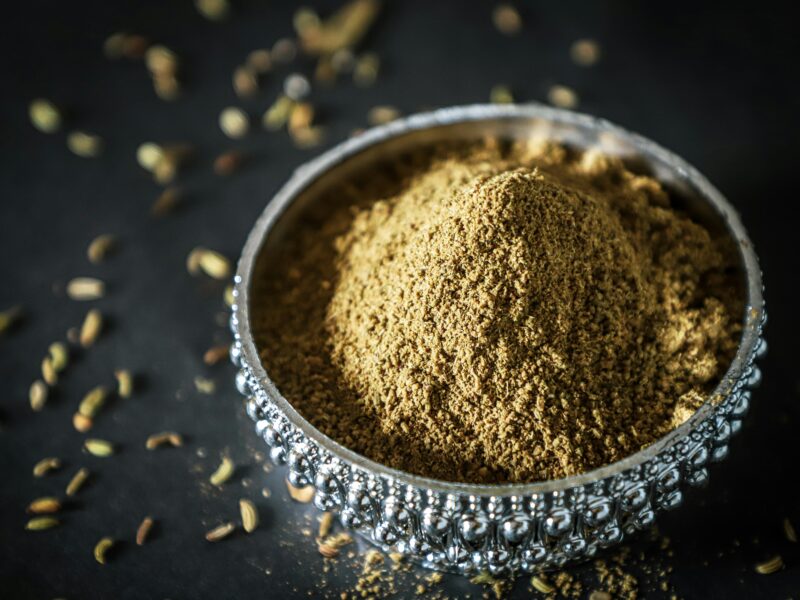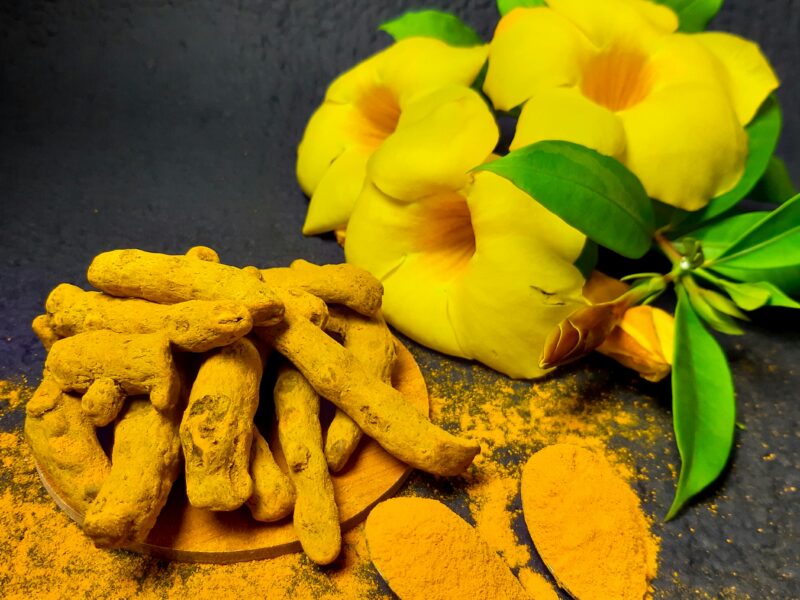Mace is a warm, aromatic spice that has been used in kitchens for centuries. Derived from the red aril that surrounds the nutmeg seed, mace has a delicate, sweet, and slightly peppery flavor. Whether you’re cooking rich stews, baking spice cakes, or making mulled wine, mace offers a unique warmth and depth to a variety of recipes. But what exactly does mace taste like, and how can you best use it in your cooking?
Origin and cultivation
Mace comes from the Myristica fragrans tree, which is native to the Banda Islands in Indonesia. The tree produces two distinct spices: nutmeg and mace. Mace is derived from the red, lacy aril that surrounds the seed. The spice is harvested when the arils are bright red and dried until they become a golden-brown color. Today, mace is cultivated in tropical regions, particularly in Indonesia, Sri Lanka, and parts of India.
Whole mace is often considered the better option because it retains its flavor longer. The drying process intensifies the spice’s aromatic oils, which are responsible for its unique taste.
What does mace taste like?
Mace has a warm, sweet flavor with subtle citrus and peppery undertones. It shares many characteristics with nutmeg, but its flavor is milder and more delicate. Mace brings a balanced warmth to dishes without overpowering the other ingredients. This spice works equally well in savory dishes like stews and curries, as well as in sweet baked goods and beverages.
Flavor nuances
- Sweet and warm with a hint of pepper
- Subtle citrus undertones
- Pairs well with cinnamon, nutmeg, cloves, and citrus
Mace substitutes – what can you use instead?
Mace is closely related to nutmeg, so it makes a perfect substitute in most recipes. However, if you don’t have it on hand, there are several other options that can provide a similar flavor profile:
- Nutmeg: As the closest relative, nutmeg is the best substitute for mace in most recipes. It’s slightly stronger in flavor but works in a 1:1 ratio.
- Cinnamon: Provides a similar warmth and sweetness but lacks the subtle peppery notes of mace.
- Allspice: A blend of cinnamon, cloves, and nutmeg, allspice offers a complexity similar to mace and works well in both savory and sweet dishes.
- Cloves: Stronger than mace, cloves bring a spicy, warm flavor that can work as a substitute in savory dishes.
Difference between fresh and dried mace
Mace is most commonly used in its dried form. Fresh mace is not typically available, as the drying process helps preserve its intense flavor. Dried mace is available in whole pieces or ground, and it retains its potency for a long time. Whole mace is often used in slow-cooked dishes like soups or curries, where it infuses the dish with its rich aroma.
How to use mace in cooking
Mace’s distinct flavor can elevate simple meals or provide a fragrant base for more complex recipes.
In savory dishes:
- Meat stews and curries: Adds warmth and complexity to rich meat dishes like lamb, chicken, and beef.
- Sauces: Infuses creamy sauces like béchamel or gravies with a unique depth of flavor.
- Rice and pilafs: Mace can be used in spiced rice dishes to bring bold fragrance and flavor.
In sweet dishes:
- Baked goods: Adds depth to cakes, cookies, and pies, especially in spice cakes and gingerbread.
- Mulled wine and cider: Infuses these beverages with a warm, aromatic flavor perfect for cold weather.
- Fruit compotes: Pairs beautifully with stewed fruits, such as apples and pears, adding a layer of warmth and complexity.
- Mulligatawny soup: A spiced soup where mace enhances the flavor along with other Indian spices
- Mulled wine: A warming drink where mace adds its bold depth
Cooking tips:
- ✔ Mace is potent, so use it sparingly. A little goes a long way, and it’s best to start with a pinch and adjust to taste.
- ✔ Store whole mace in a cool, dry place, away from sunlight. Ground mace should be kept in an airtight container to retain its aromatic oils.
- ✔ Mace pairs well with other warm spices like cinnamon, nutmeg, and cloves, as well as citrus for a fresh kick.
Where can you buy mace?
Mace is slightly less common than nutmeg but still relatively easy to find. If you don’t see it in ground form, you can look for mace blades (the dried lacy covering of the nutmeg seed), which can be ground at home. You can find it at specialty food stores, international or Indian markets.
Why mace deserves a place in your kitchen
Mace is a versatile and pungent spice that deserves a place in every kitchen. Whether you’re making rich curries, fragrant soups, or delicious baked goods, mace adds a layer of warmth, sweetness, and complexity. Its ability to complement both savory and sweet dishes makes it a must-have for home cooks looking to elevate their culinary creations.


